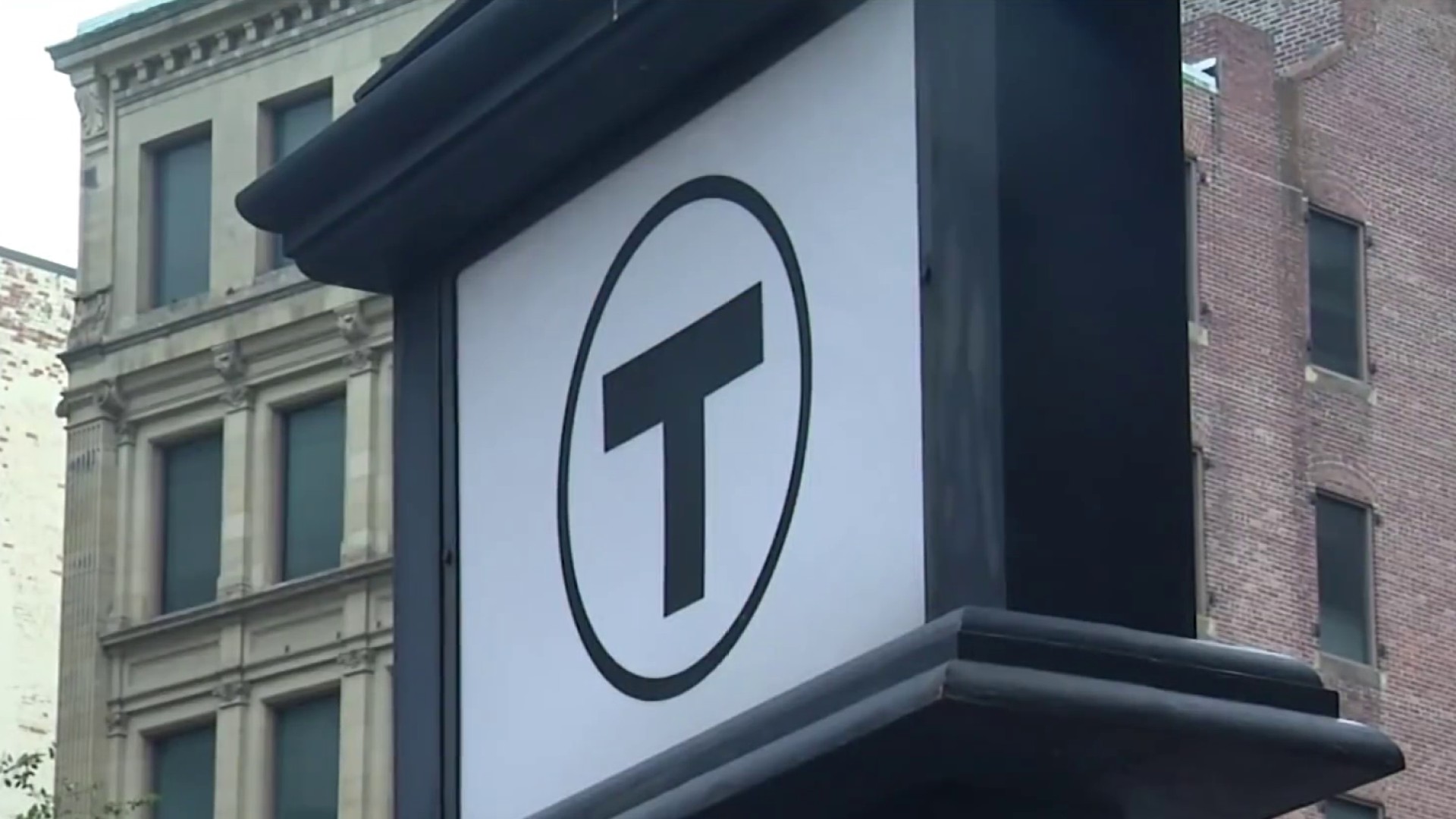The MBTA may seek to trim its spending on bus, train and ferry service by up to a quarter of a billion dollars over the next year-plus to help close a massive budget gap caused by a sharp plummet in ridership, according to projections that staff presented Monday.
T officials and the Fiscal and Management Control Board that oversees the agency are in the early stages of planning a series of service cuts, one piece in a multifaceted plan to cope with a shortfall of $308 million to $577 million on the horizon for fiscal year 2022. The thrust of the debate contrasts sharply with Beacon Hill's pre-pandemic plans to invest more in the T to improve service and make it more frequent and reliable.
Monday's meeting put early -- and still tentative -- figures on what kinds of impacts are in play. MBTA chief financial officer Mary Ann O'Hara told board members that, depending on where the deficit lands, the T should target between $60 million and $255 million in cuts to meet its savings goal.
"All of those would be significant cuts to our service levels and impactful to our riders," O'Hara said.
O'Hara calculated those proposed reductions as two-year sums reflecting both FY21 and FY22, though officials have also suggested that any service changes might not take effect until the next fiscal year starts in July.
In FY21, the T budgeted about $1.19 billion for spending on its transportation services. The possible range of cuts floated Monday would represent 5 percent to 21 percent of that one-year baseline.
Those projections rely on the T hitting other savings targets. O'Hara said it could free up $160 million by reallocating federal funds and another $134 million if the T received state legislative authorization to pay salaries for capital workers with borrowed funds rather than with operating budget revenues.
The House and Senate each included language authorizing the capital-salary change -- which was a target for MBTA officials long before the pandemic -- in their versions of transportation bond bills, but no final legislation has emerged nearly two months after lawmakers began private conference committee negotiations.
If either of those two savings goals fall short -- or if revenues do not meet projections, or if any other unforeseen complications arise -- the agency could need to seek greater service cuts, O'Hara said.
"There's a lot of things we just do not know," she said. "Those factors are not considered at this point."
Officials have also previously suggested that fare increases and layoffs could factor into a long-term budget plan, particularly since current projections anticipate deficits every year through at least fiscal year 2025.
More on the MBTA
Transit agencies across the country have seen fare revenues evaporate as large portions of riders lost work, opted to work remotely, or shifted to their own vehicles.
Leaders from several agencies, including MBTA General Manager Steve Poftak, called last week for Congress to allocate at least $32 billion in emergency funding to the transit sector.
Poftak said at Monday's meeting that, while he will continue to push for federal relief, an aid package "is not something we can rely on" and that MBTA officials "have to plan for a future in which that does not exist."
The MBTA's higher-ups and board will decide in the next few months how to realign the transit network to cut back on costs. While Transportation Secretary Stephanie Pollack warned last week that the process would be "painful," she said the agency is taking a new approach by centering essential service and building around it rather than building up to a set budgeted amount.
Staff will draft plans for the changes by dividing service into four categories based on two variables: "transit-critical" populations, or those who have lower access to automobiles at home and live in areas with larger populations of color, and likelihood of high ridership.
Trains, buses and ferries that serve a high number of "transit-critical" riders and have higher ridership should maintain or expand service levels whenever possible, staff suggest.
For lines that have considerable demand but less transit-critical ridership, the T's team said the agency could strategically cut service in ways that push commuters onto alternative modes. Low-ridership but high-demand areas might see greater walking distances between available stops, while service that rates lowest on both metrics is most likely to experience cuts.
"If we want to preserve or even improve some parts of the system, it will make it worse for someone else, whether that is a series of riders, areas, et cetera," Kat Benesh, the T's chief of operations strategy, policy and oversight, said Monday. "But something has to give."
Monica Tibbits-Nutt, the FMCB's vice chair, said board members and staff "have to get really creative here," warning that "no one is going to be particularly happy" about any of the service changes despite the stark circumstances prompting them.
Officials aim to make those tough decisions over the two and a half months. On Oct. 19, staff will present updated models on what fare revenue and ridership could be in FY22, and Poftak said he hoped to get a vote at the FMCB's first meeting in December approving the changes.
That vote will likely be "tiered," he said, to give officials some flexibility to scale the cuts up or down based on how the T's financial outlook evolves in the ensuing months.



